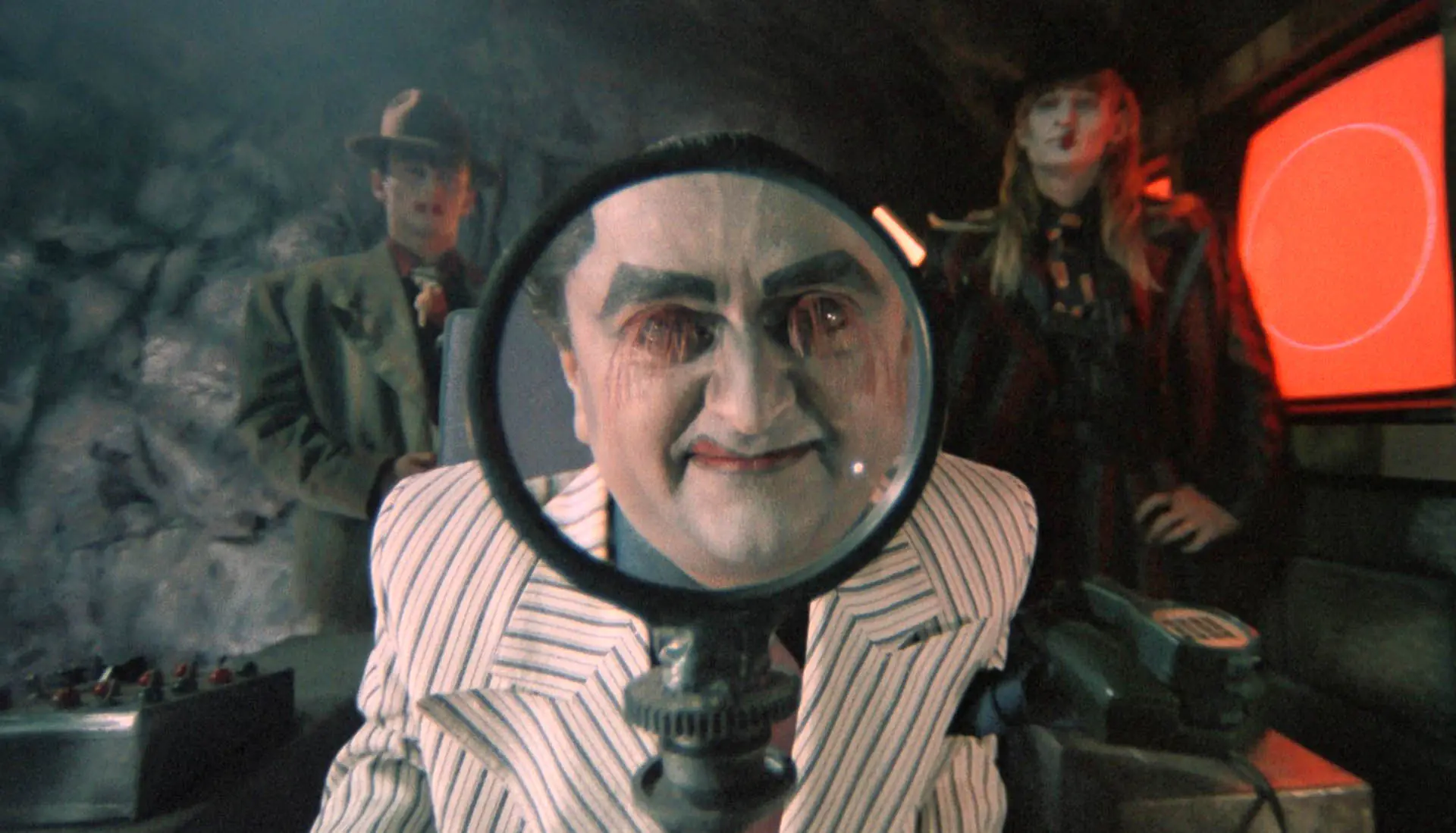ALIEN FROM L.A. A crown jewel of science fiction, albeit an artificial one

“Alien from L.A.” is one of Albert Pyun’s most ambitious films, branded with the iconic logo of The Cannon Group, Inc., which lights up the opening seconds like the crown of a true VHS hit you can’t look away from. 80s movie fans should know that without this studio, the era’s iconic action cinema would have looked very different—no “Rambo“, “Missing in Action”, or “American Ninja”. Nor would “Alien from L.A.” exist, a film that may not have been Cannon’s headliner but was clearly supported by specialists and a larger budget, though it still adhered to the low-cost model typical for this genre. Shot in 1987, “Alien from L.A.” is a flash of budget-friendly genius from Pyun, now available online in its original form but almost forgotten in the sci-fi fan culture. This is why I’m revisiting it here, along with some of the most interesting titles in the unique filmography of Pyun.

I call this film a “faux gem in a brass crown” because it tries to pass as a hit without really being one—and paradoxically, it works. The canon of cheap cinematic moments should include all the lines delivered by Kathy Ireland’s honey-sweet Wanda Saknussemm, as she awkwardly argues with a boyfriend who dumped her partly because of her huge glasses, nerdy nature, reluctance to party, left-handedness, and messy hair. Of course, Wanda will evolve from a clumsy misfit into a superheroine, but viewers will have to bear with the comedic kitsch first, heightened by elaborate orchestrations, which is rare in Pyun’s work. The music, especially early on, is so cinematic and broad it doesn’t quite fit a beach scene shot as cheaply as possible—no set, extras, post-production, or lighting. Yet, this sequence offers plenty of fun, especially as the director and editing team pack in events so viewers won’t get bored. The film’s short runtime, standard for budget productions, required this brisk pacing. “Alien from L.A.” clocks in under 90 minutes, which is just right. After the beach scene, the film’s atmosphere shifts dramatically, making it impossible to look away. “Indiana Jones” remains evergreen, and to modernize things, Pyun and his writers introduced science fiction elements and a surreal, comedic vibe reminiscent of Terry Gilliam. Audiences won’t feel embarrassed either; for a B-movie, it has surprisingly few cringe-worthy moments, and the well-handled cinematography, rare for Pyun’s films, is a delight.

The story follows the heroine on a physical and mental journey to discover the life and disappearance of her archaeologist father. It’s a straightforward adventure with sci-fi elements that serve Wanda’s emancipation, presented with a delightfully liberal edge. Modern, socially engaged cinema could take notes on how to depict character transformations without emotional world-ending drama that overwhelms both screen and viewer. Another important plotline involves a discovery made by Wanda’s missing father. According to his research, humans did not evolve from animals (like apes) but from humanoid beings who came from space, known in legends as Atlanteans. They arrived on Earth intending to colonize it. Their massive ship, which also functioned as a city, tragically sank beneath the Earth’s surface due to a volcanic catastrophe. But the Atlanteans survived and continue to live underground. Wanda’s father found their society and its ongoing colonial ambitions, which is why he disappeared. The entrance to this underground world was, intriguingly, in his basement—a clever, low-budget setup. From around the 20-minute mark, the action shifts to this subterranean world, which is impressively designed, evocative, with distinct characters and fast-paced action. The Atlantean world is richly visual, slightly retro-futuristic, punk-inspired, and draws from “Blade Runner”, “Brazil”, and “Time Bandits”. Pyun always knew how to draw inspiration while steering clear of direct imitation. This duality—cheapness on the one hand and extraordinary, if rough-edged, storytelling on the other—made him such a fascinating director, a source of cult fantasies that never quite materialized. I can’t let a gem like “Alien from L.A.” fall into obscurity. I do have issues with the title, though; something more aligned with a journey to the Earth’s core might suit it better. Incidentally, Pyun went on to make a sequel titled precisely after Jules Verne’s “Journey to the Center of the Earth”.

